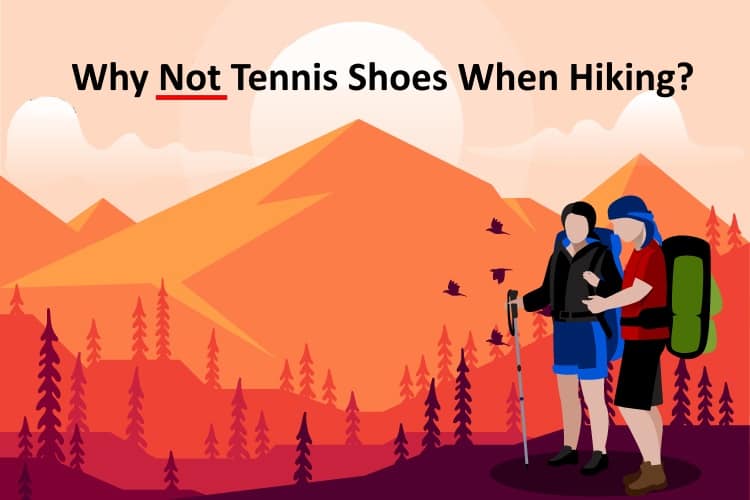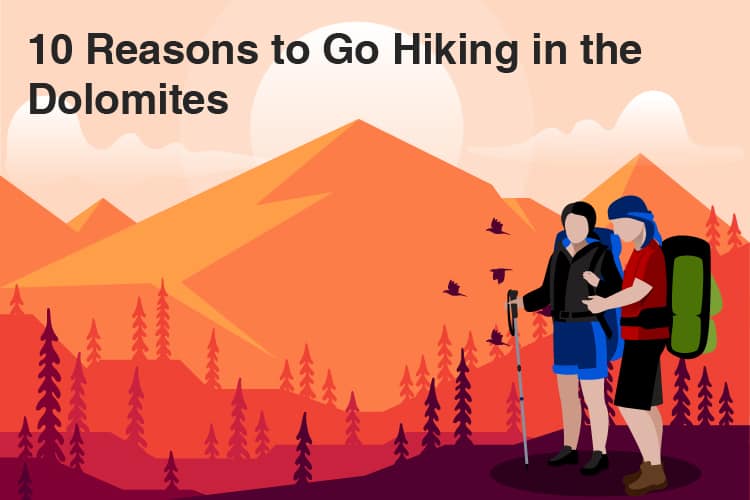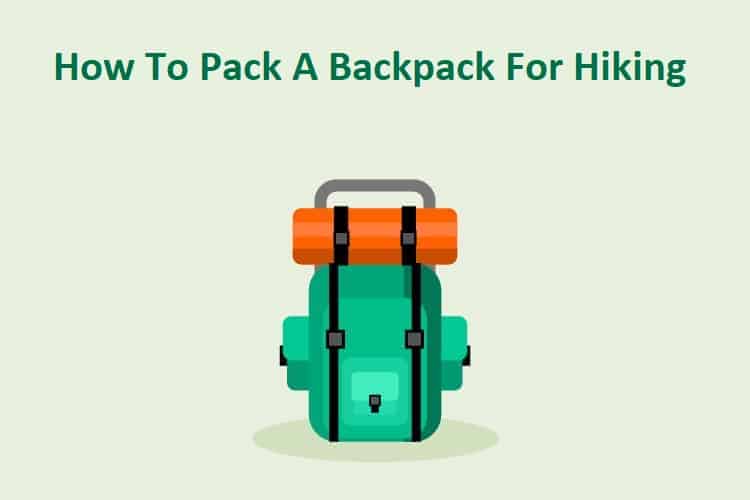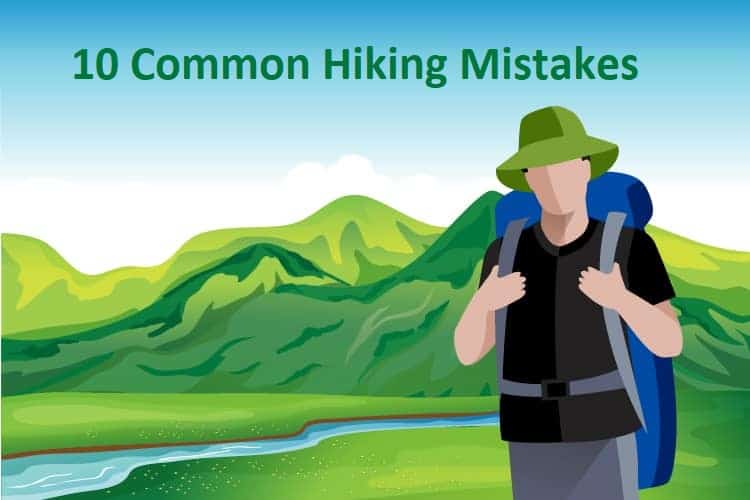That camping trip is coming up, and with it, there are miles of nearby trails to hike and conquer.
If you’re like us, you’re trying to prepare for the most optimal trip, which is why you need to leave those tennis shoes behind.
Tennis shoes and sneakers are essentially one and the same when it comes to material and traction, which are two of the main differences we’re going to be talking about today.
You should have a quality pair of hiking boots if you’re going to hit the trail, and here’s why:
Why Tennis Shoes and Hiking Don’t Mix
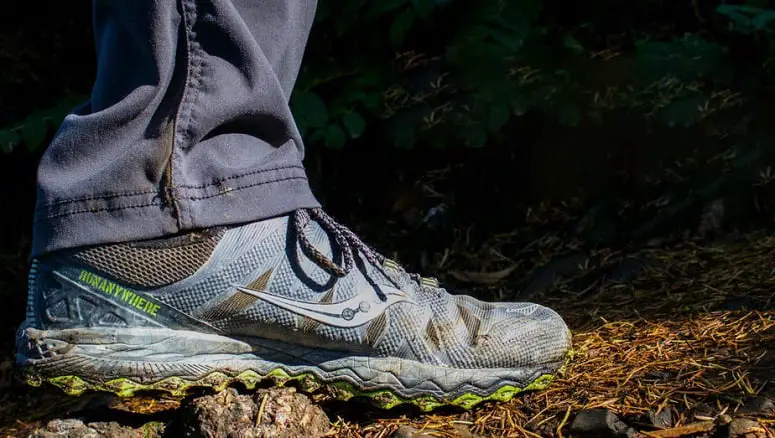
When you’re treading on raw, untapped earth instead of a city street or lane, you’re encountering a lot more abnormalities in the road.
Tennis shoes and sneakers are designed to work on flat ground, and you’re not going to find much in the wild.
Tennis shoes also provide no ankle support, which you need on the off chance that you do take a bit of a slip.
You can spot a pothole in the street, but you don’t know where the weak ground is when you’re walking on it – not until it goes out from underneath your feet and you get injured.
Then there’s also the matter of protection, but we’re going to cover that more in-depth in the next section.
If you feel your tennis shoes right now, there’s virtually nothing between you and harm’s way in a nature environment. There are four major attributes that tennis shoes are lacking.
The Differences Between Tennis Shoes and Hiking Boots
Thinner Material
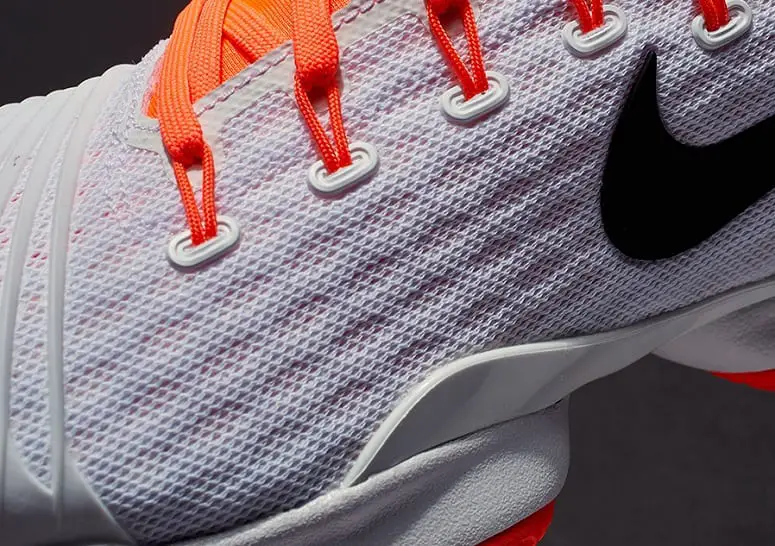
Put your hand inside your tennis shoe and press it to the fabric wall.
Even if they’re leather sneakers, then they’re thinner than what you would find on boots. Hiking boots are designed with thicker materials, which attributes to the next couple of benefits we’re going to talk about.
No Grip While Walking
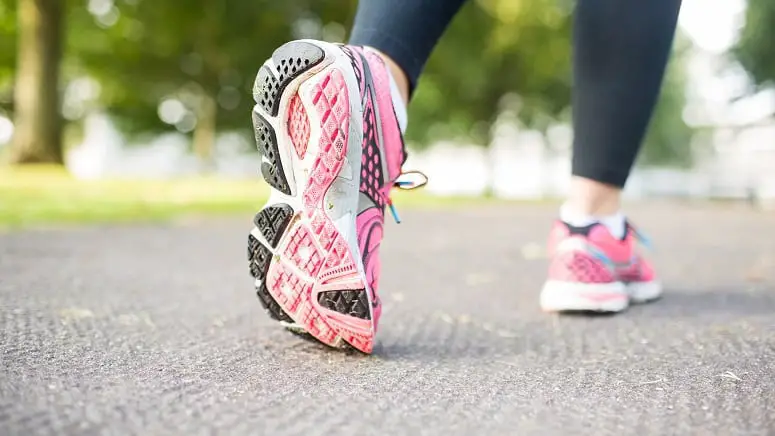
You never know what’s out there.
Even if you went on a specific hiking trail last year, erosion and rainfall could have slightly morphed that regular spot into something that you aren’t fully familiar with.
You need as much traction as possible, and tennis shoes get covered in dust very quickly. They practically become slip-and-slides on your feet, but hiking boots have cleats to help you grip every surface that you walk on.
Easier to Puncture
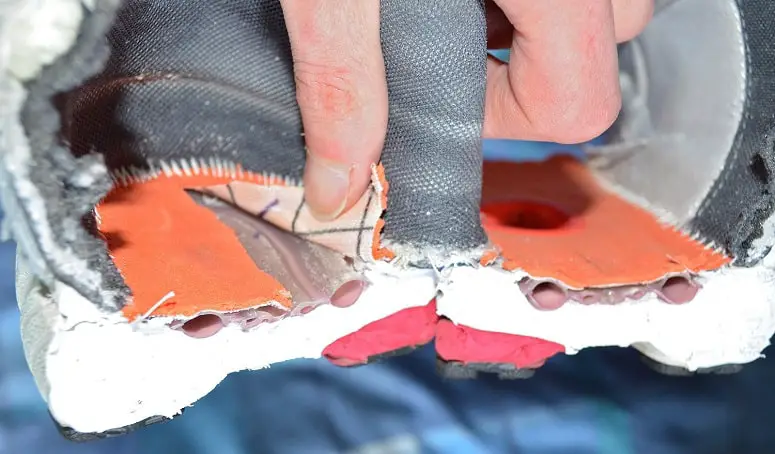
This is associated with the thinner material of tennis shoes.
Hiking boots are usually built tougher with more durable leather, and with cushioning or padding in between the interior and exterior walls.
This means that even if you brush against something sharp, you’ll find it more difficult to puncture a pair of hiking boots. Tennis shoe manufacturers are in no way expecting you to encounter sharp branches or thorn bushes.
Waterproofing
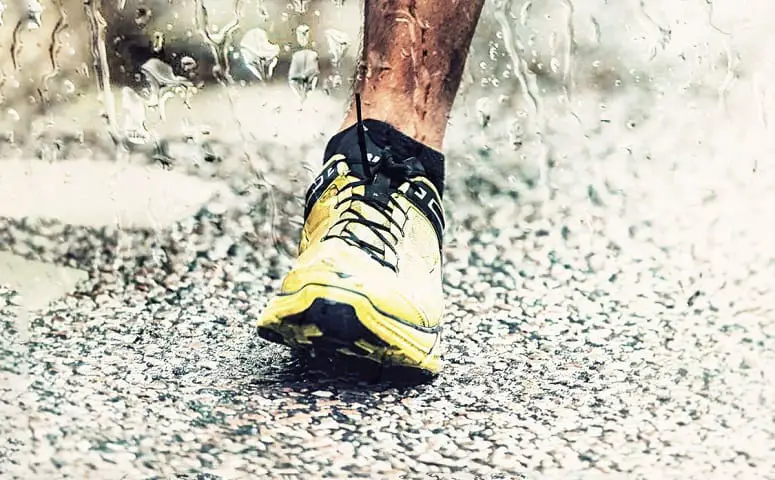
Tennis shoes use a lot of textiles, nylon, and canvas, which means that water sinks into them very quickly.
Hiking boots are almost unanimously designed with leather in mind, which offers a natural waterproof layer.
On top of that, even if you want to apply a waterproof spray, it will stick to a pair of older hiking boots, but won’t do much for those beat up tennis shoes or sneakers.
Opt For the Right Gear, Every Time
We’ve covered every piece of gear you could ever need while out on the hiking trail or the campsite.
If you’re looking to bulk up on your outdoor knowledge, explore our articles, buying guides, and equip yourself with an archive of camping know-how and survivalist tips and tricks.
Your hiking boot option is important: support, stability, and traction out on the hiking trail can be the difference between an injury, or an excellent trip.
References:


